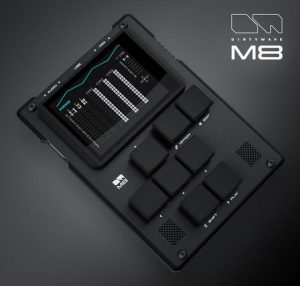The Dirtywave M8 has been gestating in the mind of chipmusican and technologist Tim Lamb, aka Trash80, for more than a decade now. Branching out of past projects like his Arduinoboy midi add-on for LSDJ, the YM2149 synth project, and… Read more
Trash80 at Blip Festival Australia 2012
[youtube]http://www.youtube.com/watch?v=TXt6edxWF48[/youtube] Check out more on: Trash80 at Blip Festival Australia 2012 – YouTube.

